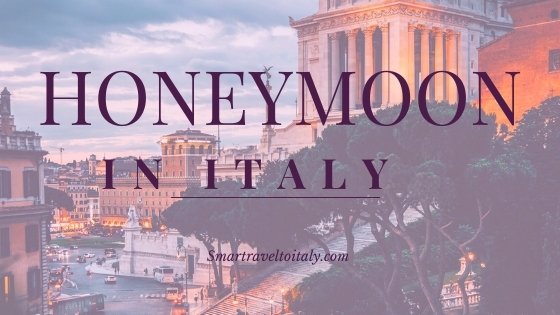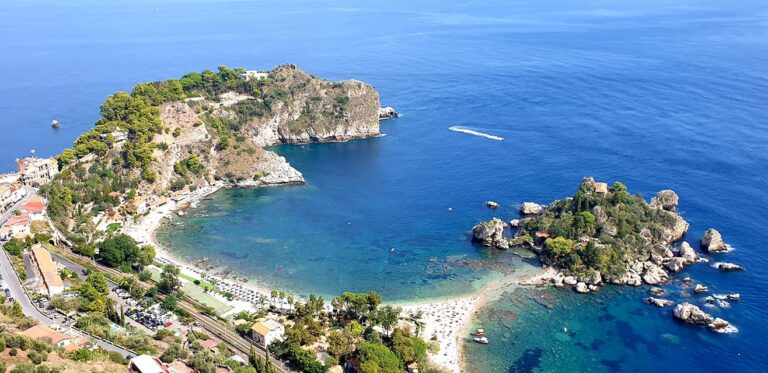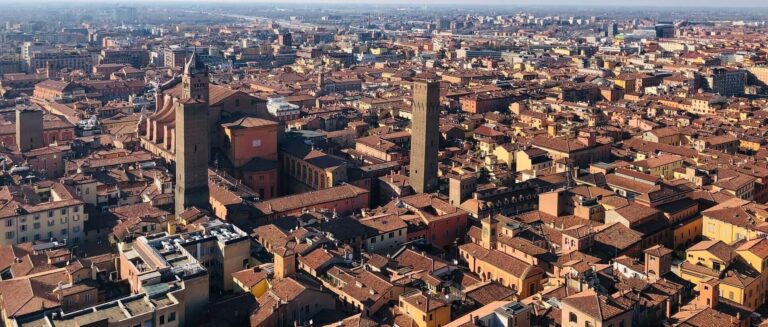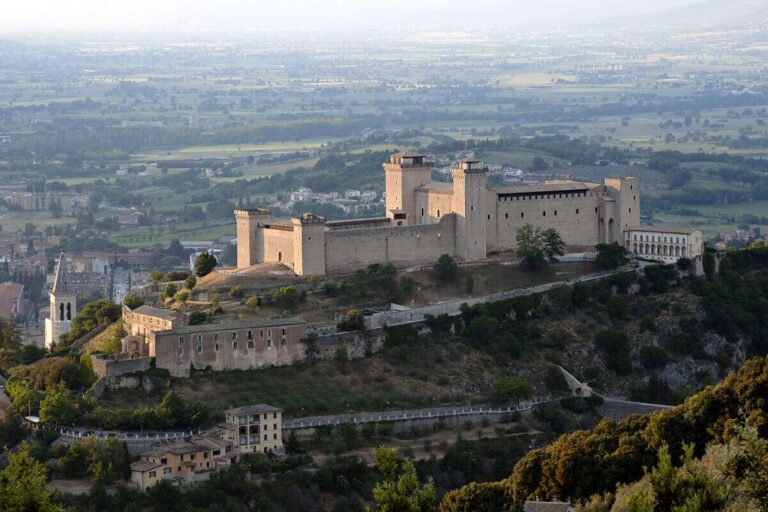Best Things to Do in Todi, Italy
In Umbria, a few km from Perugia and Orvieto rises the medieval town of Todi, known by many as the most liveable city in the world for its perfect balance of natural and historical beauty and high-quality services. It is located on a hilltop overlooking the surrounding countryside and the Tiber valley; going up towards the center, on foot or by car, the view will take your breath away!
What is there to visit in the old town of Todi?
The town is characterised by three circles of walls (Etruscan, Roman and Medieval) along which you can still admire the many access gates and towers, although they have largely lost their original appearance. The real heart of the centre is the square Piazza del Popolo, where most important buildings stands, such as Palazzo del Popolo (or Palazzo Vecchio) and Palazzo del Capitano (or Palazzo Nuovo), that house the Civic Museum of Todi. There you also find Palazzo dei Priori and the Cathedral, built in the XII cent. on the ruins of a Roman building. You access this church through a long staircase and before entering I suggest you to enjoy the full view of the square. On the left side of the Cathedral rises the complex of the Monastery of Lucrezie, which is built around a cloister with an amazing view over the Tiber valley. Right next to the main square there is Piazza Garibaldi, which takes its name from the statue erected in honour of this historical character and offers an unexpected sight of the underlying countryside.
A few steps away you will find yourself in front of the Church of San Fortunato, an imposing Gothic structure whose crypt preserves the bones of the patron saints of the city: San Fortunato, San Callisto, San Cassiano and the Santissime Degna and Romana. Inside the church in a small monument are also kept the remains of Jacopone da Todi, the famous XIII cent. Italian poet. Visitors can climb 153 steps from the sacristy to the top of the bell tower of San Fortunato. You’ll have a fantastic view of the city and surrounding landscape till Perugia and Mount Subasio, so be ready with your camera! Continue the visit to the historical buildings with the Church of San Carlo also known as St. Ilario, rarely open to public so you’ll probably have the possibility to see it only from the outside; the Church of Santa Maria in Camuccia, on two floors; the Temple of Santa Maria della Consolazione, just outside the city walls, where it is kept the antique image of ‘The Madonna and Child and the Marriage of St. Catherine of Alexandria’, considered as miraculous. If you still have some time, make a stop at the Church and Convent of Montesanto, perched on a small hill. Walking through the streets of the town centre, you will come across the Nicchioni Romani (niches), built along the hill as a supporting terrace wall, the Scannabecco Fountains, water basins with an elegant portico with seven columns and the Cesia Foutain.
Museums
If you love going into local history while on holiday, Todi’s museums are an absolute must!
On the top floor of Palazzo del Popolo and Palazzo del Capitano you’ll find the Civic Art Gallery, re-opened to the public in 1997. Here are preserved all the civic collections, divided into sections including the city museum, an archaeological section, numismatics, a section related to fabrics, one for ceramics and the art gallery.
The Lapidary Museum, present since 2009 at the Monastery of Lucrezie houses one of the Umbria’s most ancient collections, with Roman, medieval, Renaissance and modern sculptural finds.
The Theatre
Designed in 1872 by the architect Carlo Gatteschi, the civic Theatre of Todi is located right in the centre of the town.
It has 499 seats and four tiers of boxes. Opened in 1876, the theatre has hosted each year since 1992 the prose season as well as the opera in agreement with the Sperimentale of Spoleto.
Underground Todi: the Roman cisterns
In Todi there is an extensive network with over 5 km of tunnels and galleries that collect and convey water to more than 30 cisterns. Their construction dates back approximately to the II – I century B.C to supply water but also to dispose of groundwater and prevent landslides in the city. In 1925, with the building of the modern aqueduct, the underground tunnel system fell into disuse. Most of the cisterns cannot be visited today, however underneath Piazza del Popolo two Roman cisterns (80 m long, 8 m wide and 8 m high) have been preserved and can be visited. Entrance to this area is from the main square, through the street Via del Monte. If you suffer from claustrophobia, it might be wise to wait for the rest of the group outside; you can take the chance to look around the workshops and various antique shops.
Parks and open spaces
With its parks, gardens and tree-lined promenades, Todi is the perfect place to enjoy nature and a bit of healthy relaxation away from city stress. I suggest you the Oberdan Gardens, with their beautiful view of the city and the Tiber Valley or the park Parco della Rocca, the highest point of the city with a playground for children and picnic areas. Of the fortification that gives the park its name, you can still admire the large circular tower and some remains. Moving from the complex of San Fortunato you’ll get to another panoramic view point; on its right starts the street Via Melsungen, that local people call ‘la passeggiata’ (the walk) with a sight over the entire valley. From Todi it is possible to reach the Tiber River Park, a protected area rich in vegetation, wildlife, ruins and finds from different historical periods. If you want to keep fit even when on holiday, you need to know that this park is perfect for sports such as trekking, horse riding, cycling and rowing. Other easily accessible attractions for day trips are the Nera River Park with the spectacular Marmore Falls, the Lake Trasimeno, the Mount Subasio Park and the Monti Sibillini National Park.
Sport and Leisure
In addition to the many outdoor spaces, Todi offers modern facilities including an indoor sports arena, athletics tracks, equestrian centres, swimming pools, gyms, lawn bowling courts, football fields and tennis courts. Speaking of tennis, you should know that every July in Pontenaia takes place the International Umbria Tennis tournament, the most important event for this sport after the Italian Internationals.
Cuisine
To make up for lost calories through all the physical activity and walking, let’s sit at the table! Generally I can say local cuisine does not differ with the regional tradition, that given the distance from the sea is characterised by dishes based on meat and local products, such as cereals, legumes and vegetables, along with woodland delicacies: mushrooms, asparagus, white and black truffles. I strongly recommend the delicious pappardelle with wild boar, spaghetti with wild asparagus and strangozzi, a fresh pasta similar to noodles but thicker and egg-free. As main course, the palomba alla ghiotta of Todi cannot be missed! For barbecues at your holiday house, quality beef and veal, including the famous Chianina can be found in many of the town’s butcher’s or even directly at local farm shops. At the bakery you can buy the traditional unsalted bread, the tasty Bocconcello, a cheese bread often donut-shaped, the savoury or sweet Easter Cake, the Testo Pie and the Pan Nociato (also called Caciato), a round bread with walnuts, cheese and raisins perfect to taste with cold cuts, another highlight of the Umbrian cuisine. Simple but very tasty the wine flavoured biscuits, the sweet maccheroni, the torcoli and the tozzetti served with vin santo. No meal should go without a glass of Grechetto di Todi DOC, a white wine in a deep straw yellow colour with delicate floral and fruity notes. In addition to wines, which I suggest you to taste in one of the many local wineries, Todi is known for its excellent production of extra virgin olive oil. All you have to do now is just try!



